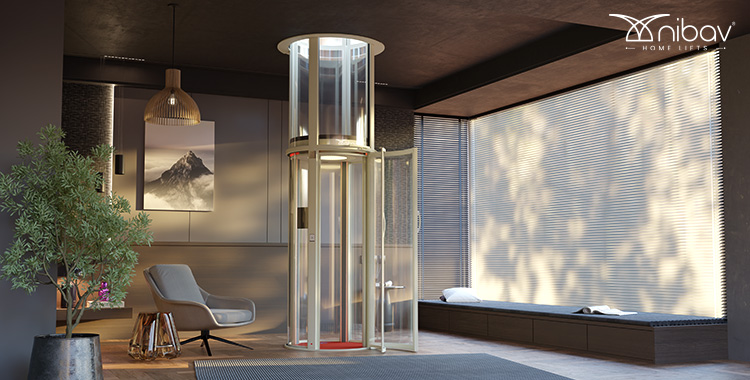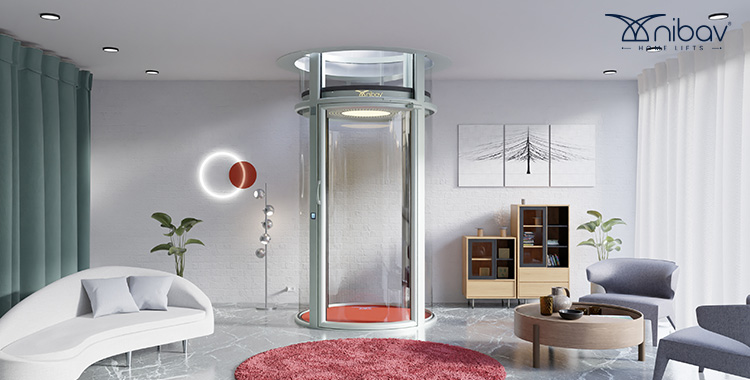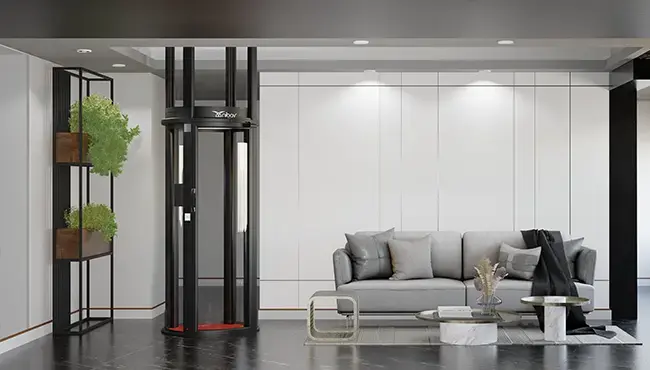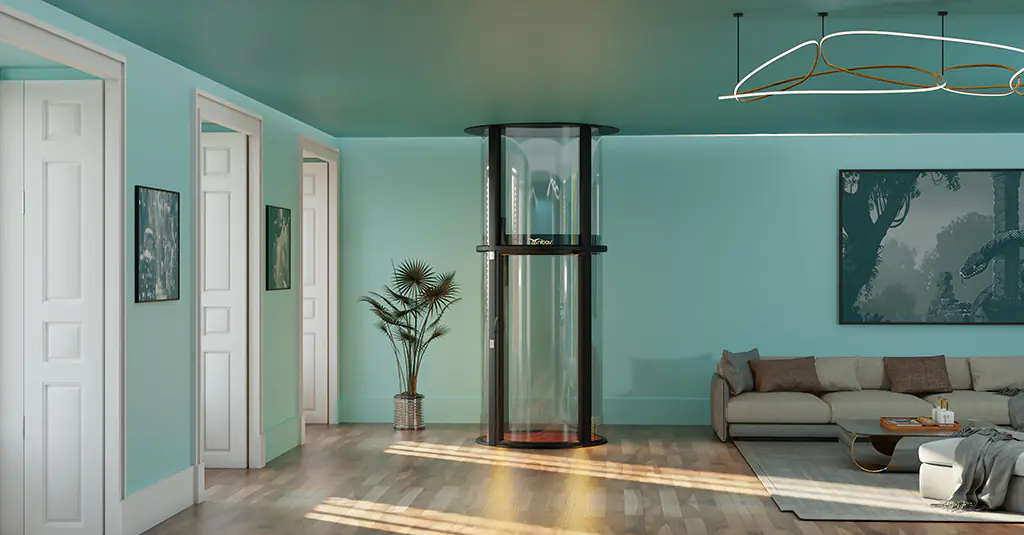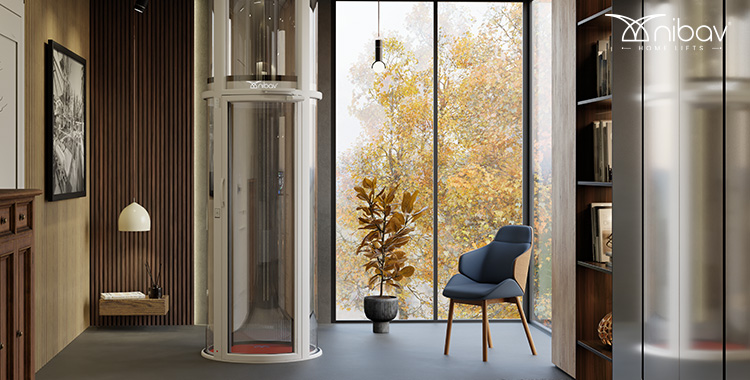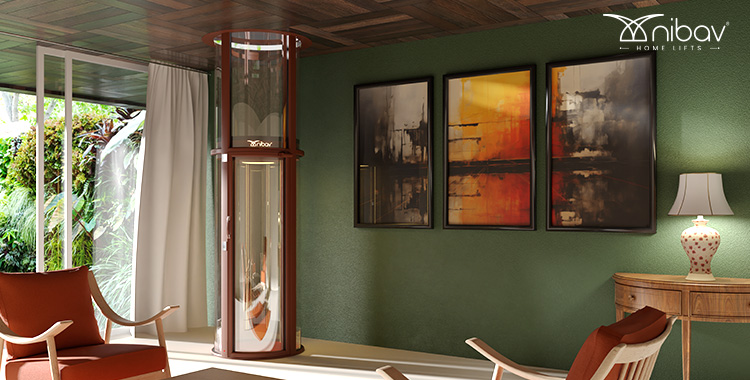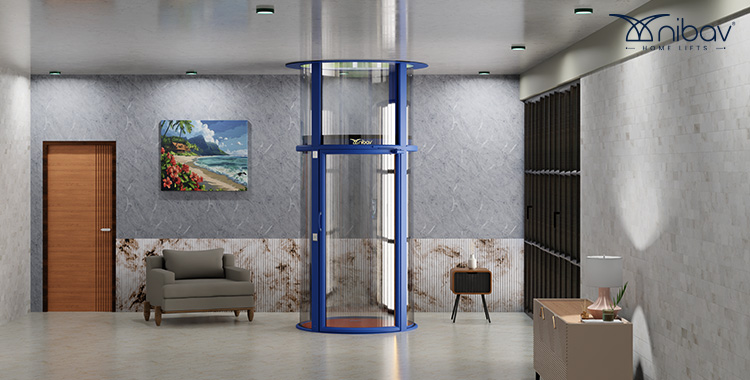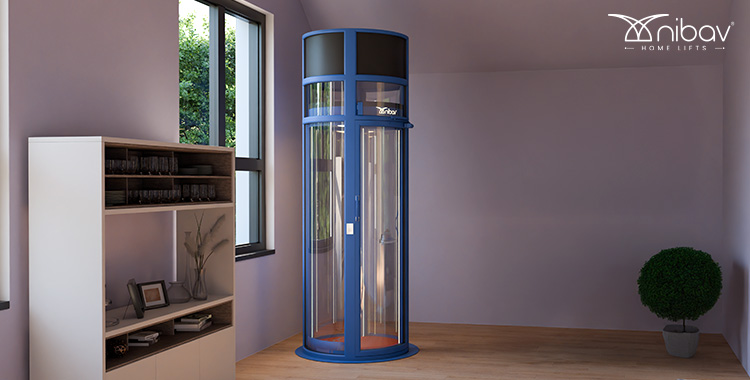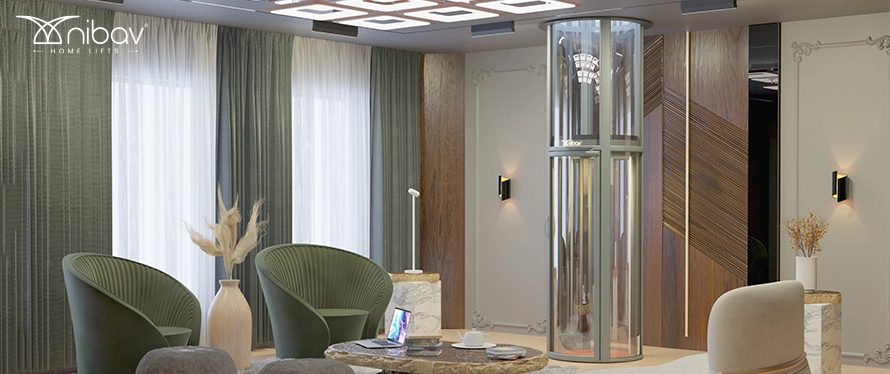
Table of Contents
- Why More Homeowners Are Choosing 2-Person Residential Elevators
- What Exactly Is a 2-Person Residential Elevator?
- Why 2-Person Elevators Are Catching On Fast
- What Makes a 2-Person Elevator the Best Choice?
- Installing One: What to Expect
- Real Talk: Why Nibav is a Go-To for 2-Person Elevators
- A Quick Word on Residential Elevator Cost
- Life After Installation: Worth It?
- Final Thoughts: So, Is a 2-Person Elevator Right for You?
Why More Homeowners Are Choosing 2-Person Residential Elevators
Ever stood at the bottom of your staircase, holding groceries, and thought, “There has to be a better way up”? You’re not alone. More homeowners today are exploring 2-person residential elevators—not just for convenience, but also for the cool factor. And let’s be honest, who wouldn’t want a touch of luxury that also makes life easier?
These elevators are compact, stylish, and built for daily life. Whether you’re future-proofing your home or simply tired of lugging laundry up and down stairs, there’s a lot to love here. But how do they look? How are they installed? And which is the best home elevator for your space?
Let’s break it all down—without any complicated jargon.
What Exactly Is a 2-Person Residential Elevator?
Think of it like this: a small, personal lift designed to carry two people comfortably between floors. No more. No less. It’s perfect for homes where space is at a premium—or for people who just want a simple, sleek elevator that gets the job done.
Some models use air pressure to glide between floors. Others use hydraulic or cable systems. Either way, they’re designed to work with your home, not against it.
In places like the UAE, where multi-storey villas and townhouses are common, these lifts are quickly becoming a practical luxury, especially for families looking to future-proof their homes for graceful aging.
Why 2-Person Elevators Are Catching On Fast
You might be thinking, “Do I really need one?” Maybe. Maybe not. But if any of these sound familiar, you’ll probably see the value:
- You’re worried about future mobility for yourself or a loved one
- Your staircase is narrow, steep, or just plain annoying
- You want to boost your home’s resale appeal
- You’re renovating and want to do it right the first time
And here’s the kicker—these elevators look amazing. We’re talking clear panoramic glass, soft-touch controls, and finishes that blend in (or stand out) however you like.
What Makes a 2-Person Elevator the Best Choice?
Let’s break down some of the practical and aesthetic reasons people go for them:
Small Footprint, Big Impact
Unlike clunky old elevators, modern 2-person models are compact. Some don’t even need a pit or machine room. That means less structural work—and less stress during installation.
Panoramic Cabin Designs
One word: wow. Imagine stepping into an elevator with a glass body that gives you a 360° view of your home as you glide between floors. It doesn’t just feel futuristic—it is.
Safety Meets Style
Today’s top elevators are loaded with safety features: emergency stops, backup power, and interlocks. But they’re wrapped in design-forward touches like ambient lighting and polished frames.
Custom Finishes
From matte black to glossy champagne, the best home elevators can be customized to match your interior. In other words, your elevator won’t just be useful—it’ll look intentional.
Installing One: What to Expect
Let’s keep it real—no one wants construction chaos in their home. That’s why so many homeowners are turning to elevator companies that use modular, plug-and-play systems.
Here’s a quick look at the typical installation process:
1. Consultation & Site Visit
First, a professional comes over to look at your space. They’ll measure, assess possible locations, and answer your questions (like, “Will this mess with my staircase?” Spoiler: probably not).
2. Choose Your Model & Features
Once you’ve locked in your spot, you get to choose your elevator’s style, door direction, and finishes. Some even offer voice controls and auto-stop features.
3. Modular Build & Delivery
The cool part? Many of these elevators are built off-site in prefabricated sections. That means less noise and dust when it’s time to install.
4. Installation (a few days—not weeks!)
Depending on your home and chosen model, most installations are done within 3–4 days. Some even less.
5. Test Run & Training
Once it’s in place, your elevator goes through a series of tests. The installer then walks you through everything—how to use it, safety features, and maintenance tips.
Real Talk: Why Nibav is a Go-To for 2-Person Elevators
Let me drop a name here—Nibav. You might’ve seen them popping up in home improvement circles or on Instagram with those sleek, tube-like elevators. They’re making waves in the residential elevator space for good reason.
Their elevators are self-supporting, which means less structural hassle for you. No pit, no machine room, and no grease leaks on your nice floors.
They’re also serious about safety. With features like:
- Backup power in case of an outage
- Emergency brakes
- Real-time monitoring sensors
- Global support network
Add in that transparent glass look, and you’ve got a statement piece that also happens to be practical. A rare combo these days.
A Quick Word on Residential Elevator Cost
Let’s be clear—we’re not talking numbers here. But it’s worth mentioning that the residential elevator cost can vary depending on features, design, installation requirements, and more. So instead of chasing price tags, focus on what really matters:
- Is it safe?
- Is it easy to maintain?
- Will it last for years?
- Does it add comfort and value to your home?
Answer yes to those, and you’re golden.
Life After Installation: Worth It?
Absolutely. Most homeowners find that once they start using their elevator, they can’t imagine life without it. Whether it’s helping grandparents move between floors, sending laundry up with ease, or just enjoying the comfort of it all, 2-person elevators offer real, everyday perks.
And let’s not ignore the wow factor. These elevators aren’t just for function—they’re for lifestyle.
Final Thoughts: So, Is a 2-Person Elevator Right for You?
If you’ve made it this far, chances are you’re at least considering a 2-person home elevator. And here’s the truth—it’s one of the smartest upgrades you can make to your home today.
It’s about more than going up and down. It’s about freedom, safety, and living life on your terms. And when done right, it’s also about style.
So, whether you’re remodeling, future-proofing, or just love the idea of pressing a button and gliding effortlessly to the next floor—start exploring. Talk to a specialist. Walk through a showroom. Picture it in your space.
Because sometimes, the best changes aren’t about what you need right now—they’re about what you’ll be thankful for in the years to come.
